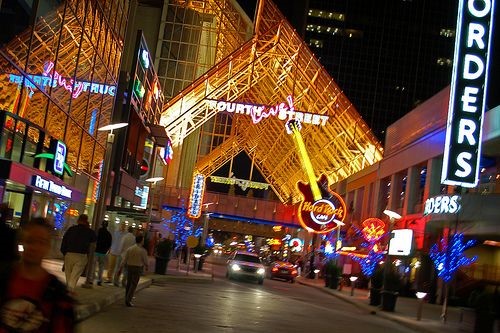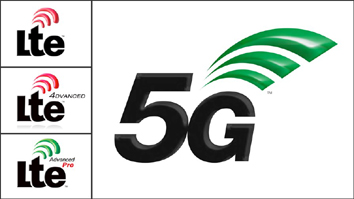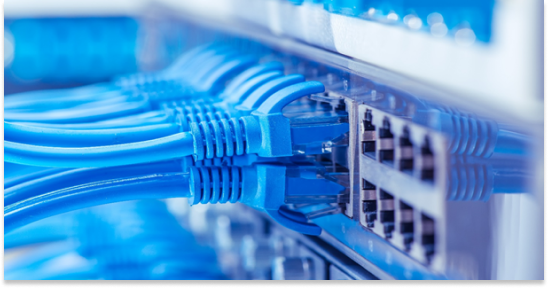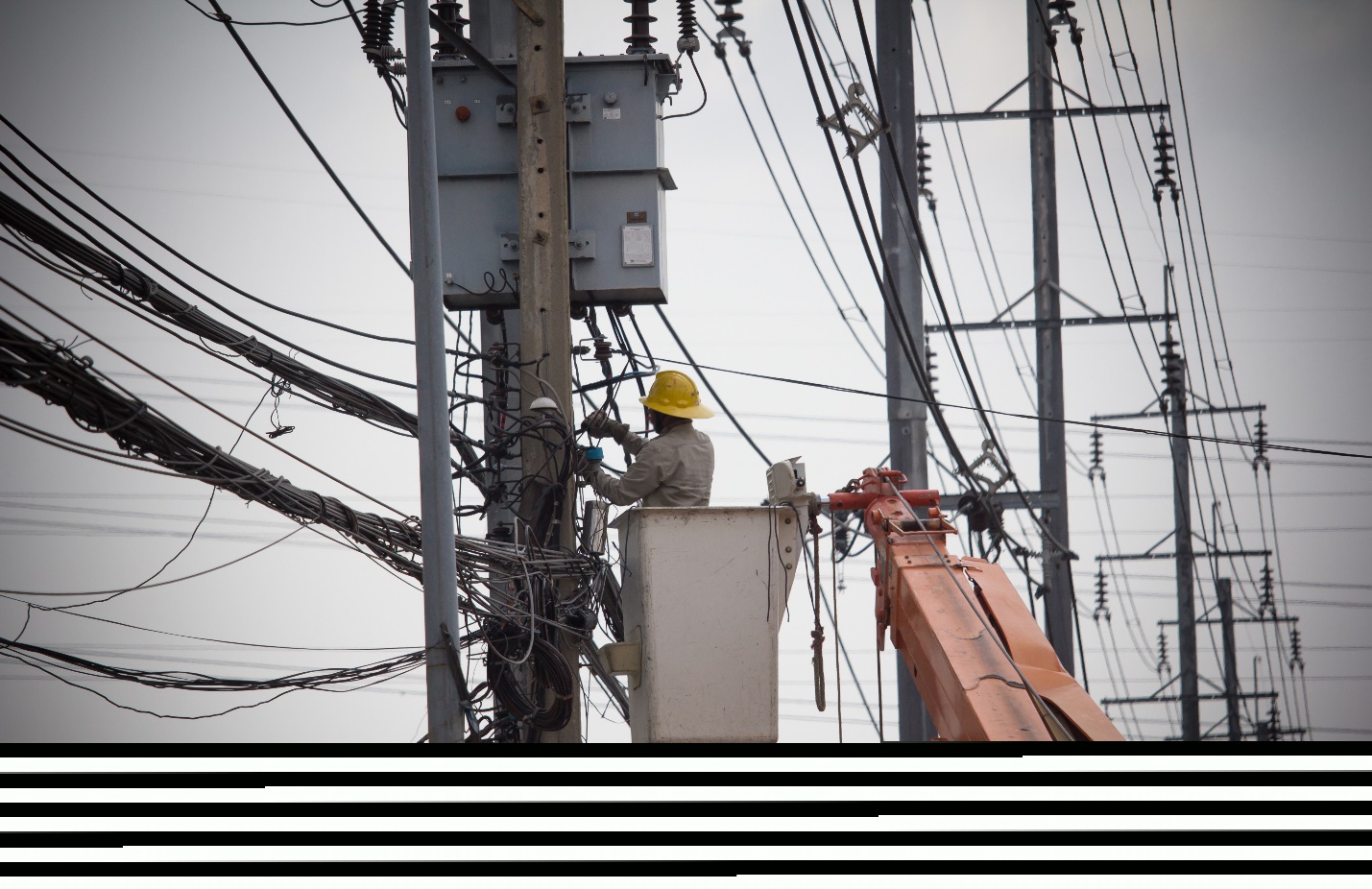Mobile Broadband Puts Super Bowl LII Online
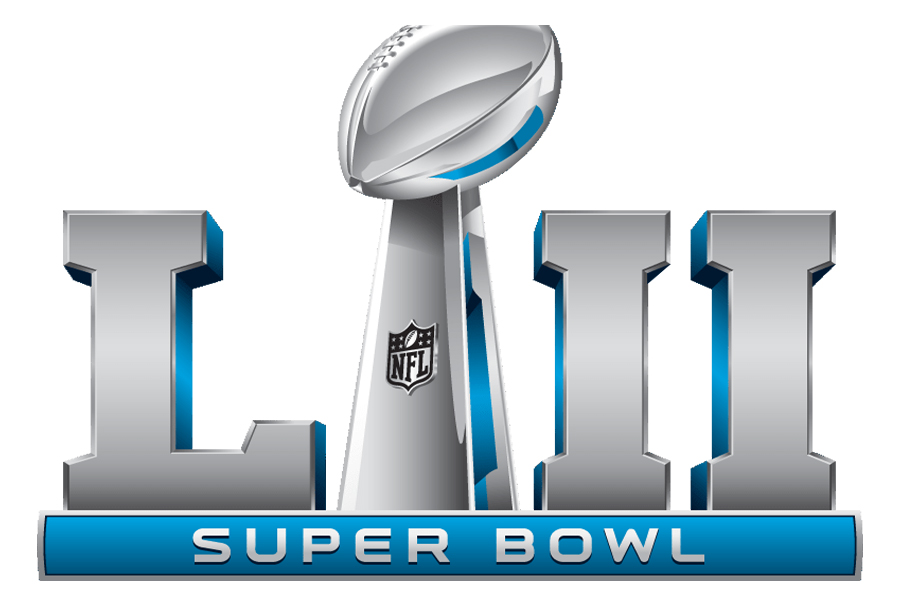
As Super Bowl LII fast approaches, network engineers at U.S. Bank Stadium are updating the stadium’s wireless networks. The stadium is increasing both its Wi-Fi and mobile broadband bandwidth, so that dozens of news outlets and thousands of football fans can enjoy seamlessly internet connectivity on football’s biggest night.
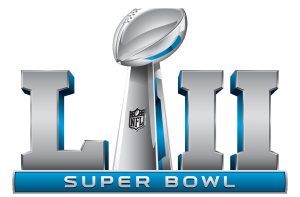
These network updates offer a peek at the latest wireless hardware innovations and at the future of mobile broadband in general. Mobile broadband applications, like this one, demonstrate the power and the potential of the rapidly evolving internet technology.
Hardware Supports Stadium-sized Capacity
For years, a powerful system of cellular antennas and Wi-Fi extenders has lined the railings at the U.S. Bank Stadium in Minneapolis. The cellular antennas, supplied by Verizon, increase the strength of the local Verizon, AT&T, T-Mobile, and Sprint networks inside the stadium. The Wi-Fi extenders support the stadium’s public Wi-Fi network.
In preparation for this year’s Super Bowl, cellular carriers installed a number of new multi-beam base station antennas in the stadium. These base stations, known as MatSings, are clusters of a dozen cellular antennas that increase the strength of the local cellular networks exponentially, allowing for greater mobile broadband bandwidth. These base stations increase internet connectivity for, especially, the field and outdoor plaza.
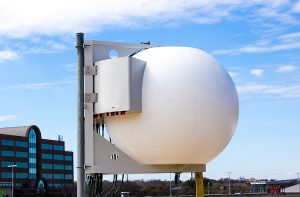
Verizon leads the pack in mobile broadband connectivity inside U.S. Bank Stadium. This year, the carrier increased the number of cellular antennas from 900 to 1,200 units, to AT&T and Sprint’ s 800 units. In the city of Minneapolis, too, the carrier increased its network capacity by 500%
Bandwidth extends Super Bowl Reach, Meets Spectator Demand
The stadium’s increased bandwidth supports two stadium and league goals: extending the online and social reach of Super Bowl and meeting the growing demand, from spectators, for internet data and bandwidth.
- Goal 1: Extend the online and social reach of Super Bowl LII.
Today, online and social media play an essential role in marketing any sports event. For football players, news outlets, and fans to utilize theses mediums, a reliable internet connection is essential.
- Goal 2: Meet growing demand for internet data and bandwidth from spectators.
The demand for mobile data has nearly doubled every year since 2015. Verizon predicts that, this Super Bowl, it will see double the network traffic it did in 2017. This means that fans will, likely, use close to 20 terabytes of data over the course of the game. Mobile broadband networks need to be strong enough to support this unprecedented demand.
Sports Stadiums Offer 5G Previews
Connecting thousands of spectators to the internet at a jam-packed sporting event is the perfect way to showcase the potential of 5G. For many working on the next generation of mobile broadband, increasing network capacity is a top priority.
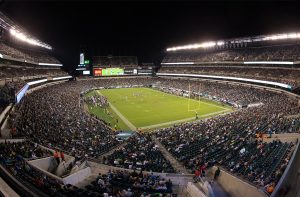
The Super Bowl isn’t the only sporting event where 5G prototypes will make a debut this year. Huawei and MegaFon, for example, will introduce a 5G prototype at the 2018 FIFA World Cup in Russia. Before that, South Korean telecom KT will launch a separate 5G prototype at the 2018 Winter Olympics in PyeongChang.

